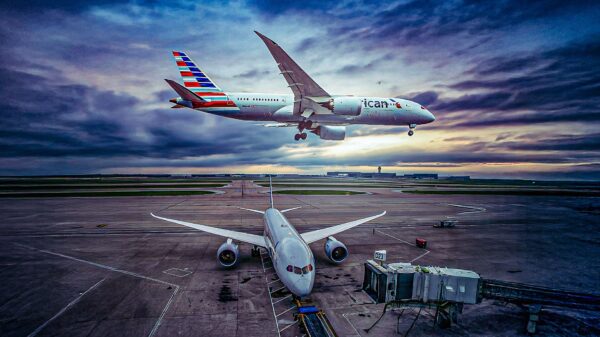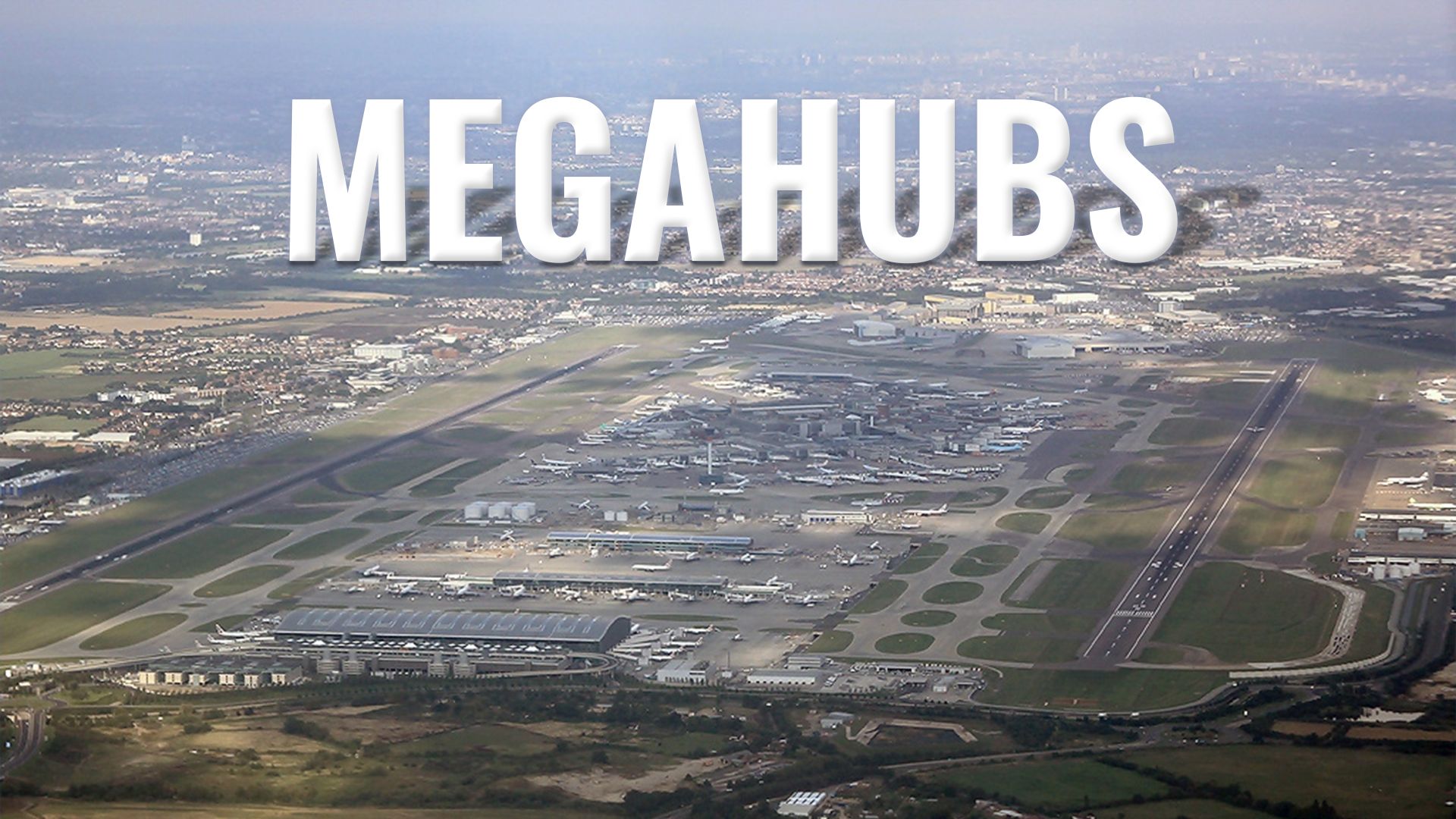The rankings of the world’s largest airline megahubs for 2025 have been released, highlighting the airports that handle more passenger traffic than entire countries. These megahubs are crucial to understanding global travel dynamics, as they serve as vital points of connectivity and economic activity. This year’s analysis emphasizes the impact of various factors, including geographic advantages, airline strategies, and evolving travel patterns as the industry continues to recover from disruptions.
Analyzing the Top 10 Megahubs
According to data from OAG, the rankings consider both the number of connections offered and the total destinations served. The findings reveal significant shifts in airport standings, with some facilities climbing in the rankings due to strategic development and increased demand.
London Heathrow Airport (LHR) retains its top position for the second consecutive year, showcasing robust origin-and-destination demand alongside extensive long-haul connectivity. British Airways dominates the airport, operating approximately 51% of flights, and facilitating connections to 226 nonstop destinations. With a total of 59,240 connections, Heathrow remains a vital link between the North Atlantic and global travel networks.
Istanbul Airport (IST) has moved up to second place, reflecting Turkey’s growing role as a pivotal global junction. Turkish Airlines, accounting for around 79% of the airport’s flights, offers a staggering 82,733 connections to 327 destinations. This positioning allows IST to serve as a three-continent megahub, catering to travelers across Europe, the Middle East, Africa, and beyond.
In third place, Amsterdam Schiphol Airport (AMS) demonstrates KLM’s strength, holding a market share of 55%. The airport operates 66,798 connections and offers nonstop flights to 275 destinations. Despite environmental regulations and slot constraints, Amsterdam remains a strategic nexus for transatlantic and intercontinental travel, benefiting from its convenient terminal design and rail integration.
Kuala Lumpur International Airport (KUL) and Frankfurt Airport (FRA) share fourth place, with KUL’s 16,159 connections to 151 destinations and FRA’s 73,221 connections to 207 destinations. KUL continues to be a significant Southeast Asian connector, while FRA’s extensive infrastructure supports its role as a primary cargo gateway in Europe.
Continued Growth and Future Trends
The sixth position is held by Seoul Incheon International Airport (ICN), which maintains its status as an efficient hub for Northeast Asia. It operates 41,572 connections to 179 destinations, aided by Korean Air, which comprises about 22% of flights. The airport’s design and operational efficiency contribute to its ongoing appeal.
Chicago O’Hare International Airport (ORD) now ranks seventh, rising from ninth place. With 65,141 connections to 297 destinations, it benefits from its central U.S. location and recent airfield modernization efforts. United Airlines commands a significant presence at ORD, operating roughly 49% of flights.
Despite a slight drop to eighth place, Atlanta Hartsfield-Jackson International Airport (ATL) remains a quintessential global megahub. Delta Air Lines operates approximately 79% of flights, supporting a total of 53,374 connections to 251 destinations. ATL’s efficient infrastructure and single-terminal layout ensure reliable connectivity, particularly for business travelers.
Tokyo Haneda Airport (HND) has slipped to ninth, reflecting a normalization of traffic patterns in Japan. It offers 22,243 connections to 107 destinations, with All Nippon Airways leading operations. The airport’s strategic location continues to support growth, particularly for corporate travel.
Finally, Paris Charles de Gaulle Airport (CDG) rounds out the top ten, marking a significant rise from seventh place last year. With 57,014 connections and flights to 299 destinations, CDG is anchored by Air France, which operates around 56% of flights. The airport’s extensive rail links enhance its connectivity, despite occasional operational disruptions due to peak congestion.
As the global aviation landscape continues to evolve, these megahubs are expected to adapt and innovate, addressing challenges such as capacity constraints and environmental considerations. The focus on enhancing passenger experience through technology and operational efficiency will likely shape the rankings in the years to come.








































































